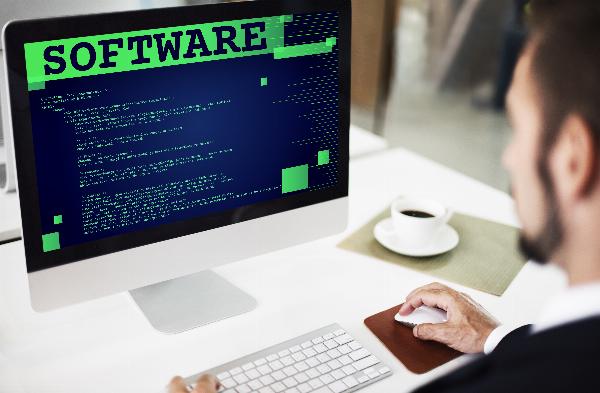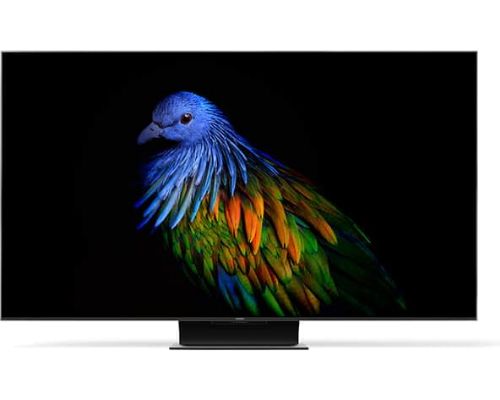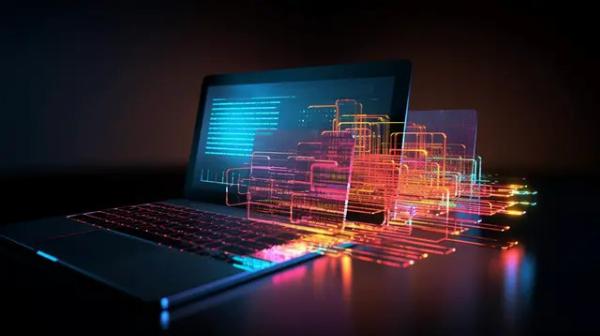The world was stunned by recently released images taken of deep space at the Vera Rubin Observatory in Chile. What’s even more surprising is that an instructor in Monmouth has been working on the project to obtain those images for years. Michael Solonto, associate professor of physics and engineering at Monmouth College spoke with Our Quad Cities News via Zoom to share what these new discoveries mean and explain who Vera Rubin was.“Vera Rubin was a fantastic, fantastic astronomer who, in the 1970s, found the first conclusive evidence for this still open puzzle in astronomy and astrophysics called dark matter,” he said. “She found that the galaxies were rotating far too fast, just based off of the laws of gravity. Every galaxy she looked at was rotating faster than they had any right to be. Every measurement that we’ve made ever since then detects that there’s a whole lot of matter out there that we can’t really detect. There’s something going on gravitationally, and this has still been an open question in astronomy.”
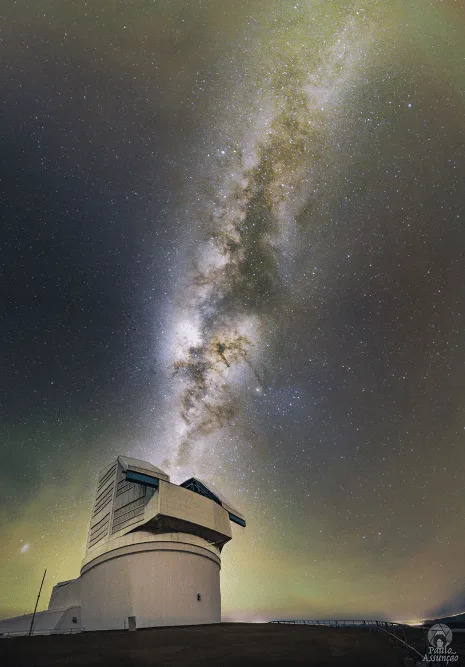
“I’ve been involved with the Rubin Observatory since around 2005. I did my graduate work in astronomy at the University of Washington, and my advisor at the time, Zeljka Vesic, was one of the driving forces behind what’s now the Legacy Survey of Space and Time, which is this 10 year survey that the Rubin Observatory is going to undertake. I had been working on the previous generation of survey telescope, the Sloan Digital Sky Survey. I did a lot of things involving comets and asteroids with the Sloan Digital Sky Survey, and I continued doing things on predicting comets and asteroids with the Rubin Observatory.”The images already shown are just the beginning, he said. “I think the images there highlight kind of the four things that that the Rubin Observatory is really trying to do. You saw all the pictures of the galaxies. We are going to serve up billions of galaxies to study things like dark matter and dark energy, which is even weirder than dark matter. We can’t even describe it yet. Also in those images are stars. There’s gonna be billions of stars within our own galaxy to study. Some of those stars actually change brightness from image to image, and this tells us all sorts of things about the stars themselves. I do solar system things; we just found over the 10 years, we’re going to discover about 5 million new asteroids and other objects in the solar system. In that first image release there, the Rubin Observatory identified and discovered 2,000 brand new asteroids. These are asteroids that we had never, ever found before.”
“Astronomy is a really interesting science. It’s difficult to do a classic experiment; I can’t build the sun in the basement. We have to go out and see and hope the universe is actually doing our experiment that we want somewhere out there. By observing everything for basically 10 years, we’re giving folks a digital movie containing all of this data. If you’re interested in how stars work, here are 10 billion stars to compare and contrast. If you’re interested in the actual populations in the solar system, we call it inventorying the solar system. Obviously, the bigger something is, the easier it is to find.”
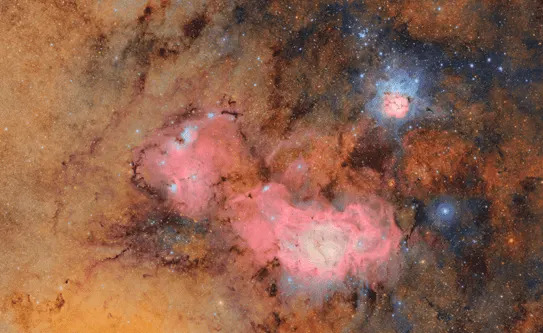 (NSF–DOE Vera C. Rubin Observatory)
(NSF–DOE Vera C. Rubin Observatory)Solonto is already finding an application for the new data. “I have reached out to a former student of mine who did some amazing work on thinking about comets in this survey. We’re at the point now where we can actually see, if you know how her predictions did, which is kind of a fantastic thing. That’s the whole thing about science. She might be right, she might be wrong. If she’s right, we had a good idea; if she’s wrong, it means we learned something. That’s the great thing about science, is that when you’re wrong, it’s not like a bad wrong, it’s you just learned something.”
He was as stunned as the rest of the world when he saw the first images. “It was pretty amazing. I’m not ashamed to say that I made some celebratory noise in a room by myself, so where I was watching it at the time. I think they picked some really, really nice and interesting fields to look at that really epitomize so many different aspects of the survey. Rubin really is designed to do all of these things. It’s just so fantastic that these first images, just hit the button of, hey, this is, this is what we can do. Look at all these galaxies, look at all these stars, look at all these variable objects, look at all these asteroids and just look at how gosh darn pretty this is.”
Budding astronomers who want to keep track of what the Rubin Observatory is finding can click here to explore data and take guided tours.
Copyright 2025 Nexstar Media, Inc. All rights reserved. This material may not be published, broadcast, rewritten, or redistributed.
For the latest news, weather, sports, and streaming video, head to WHBF - OurQuadCities.com.









